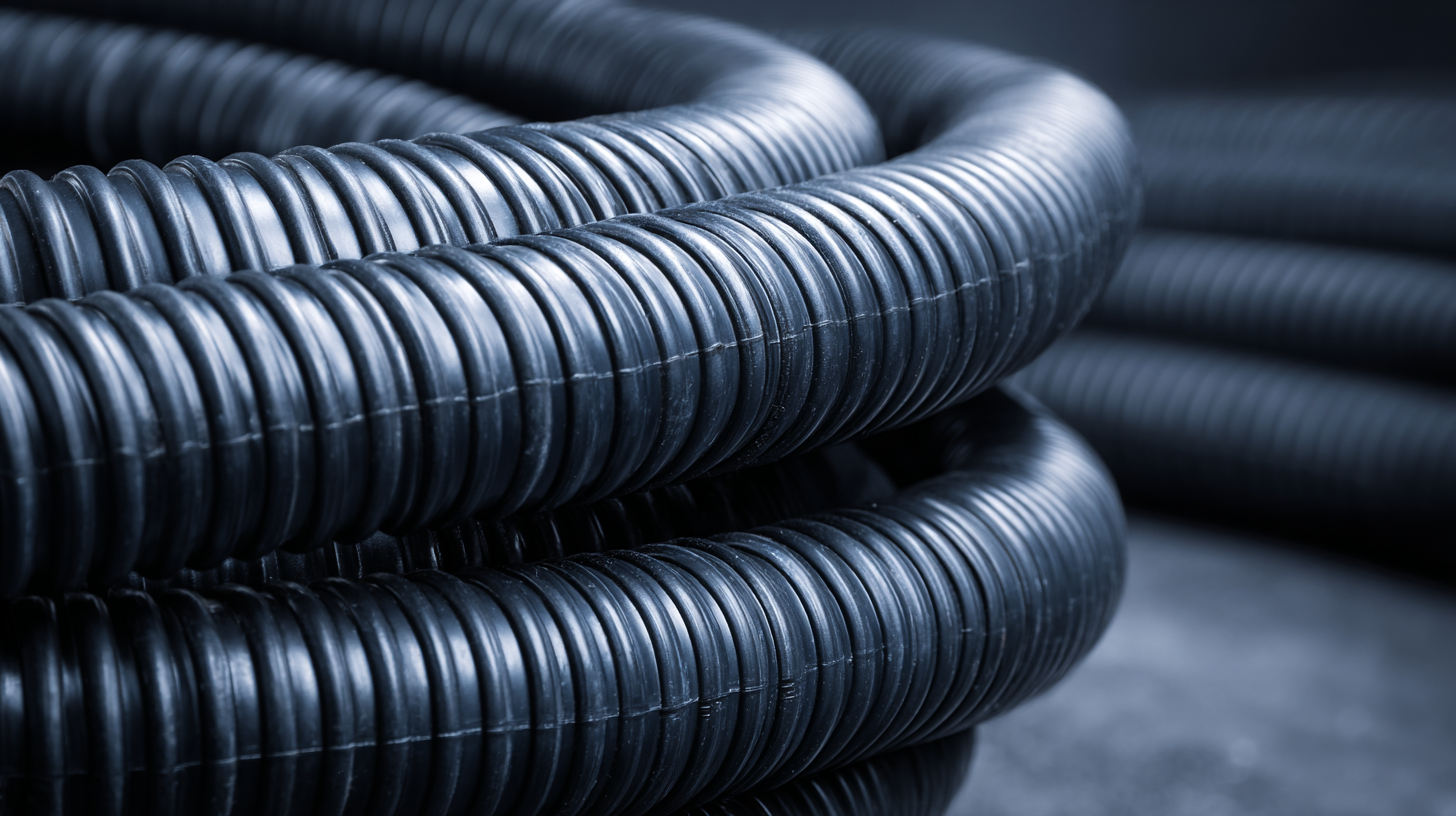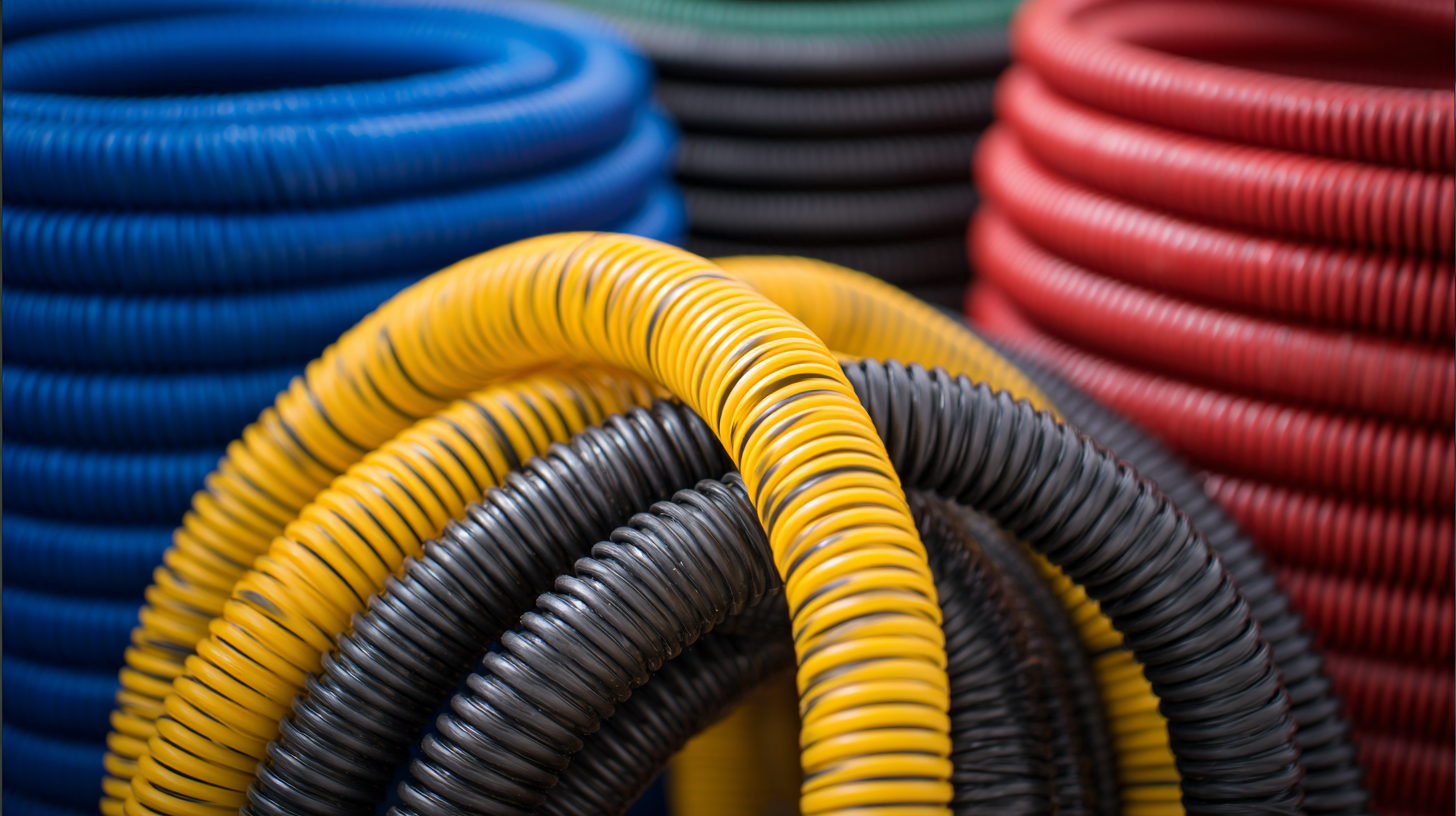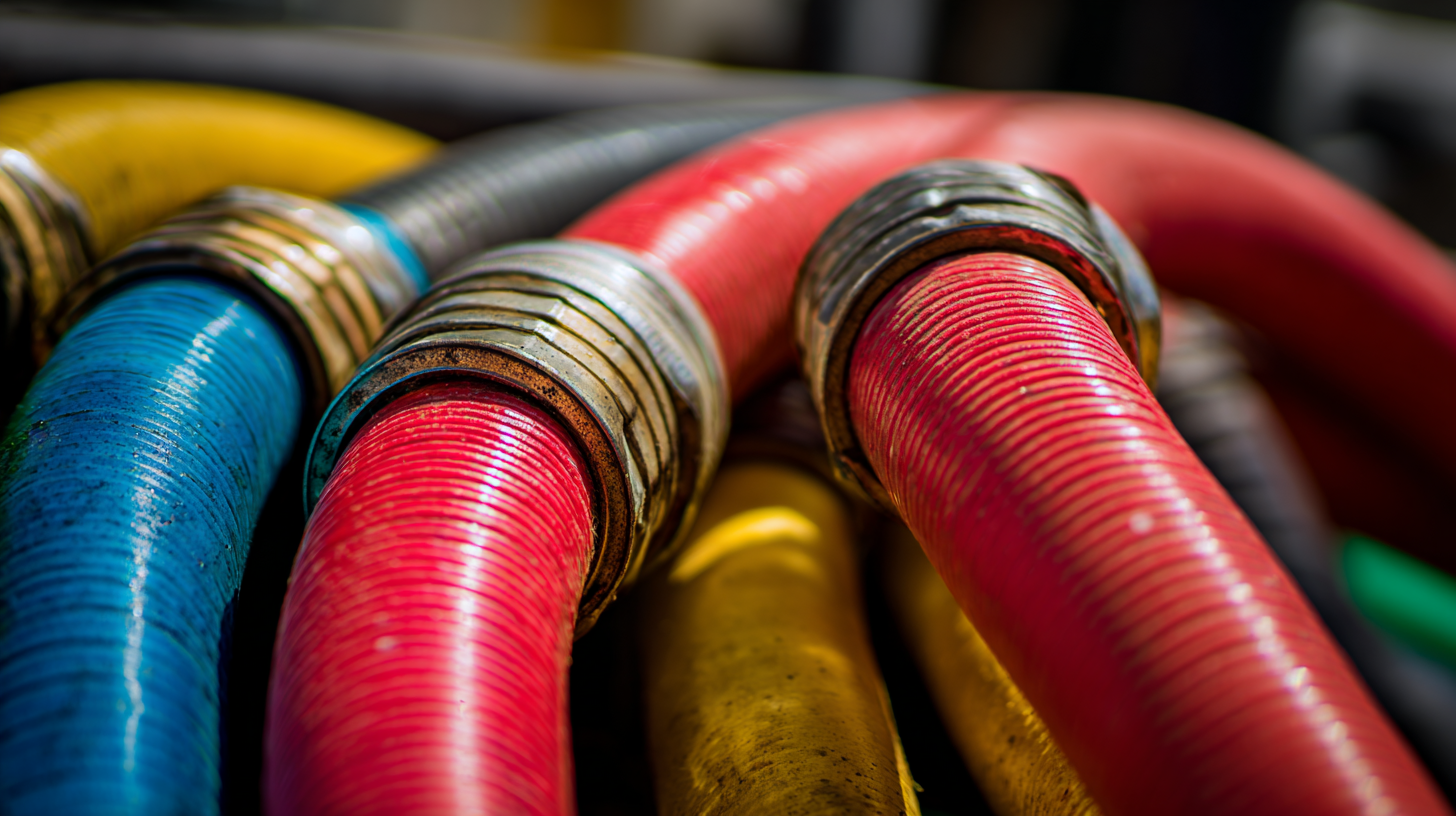In the ever-evolving industrial landscape, the demand for efficient fluid transfer solutions has never been more critical. The rubber suction hose has emerged as a pivotal tool for a variety of applications, ranging from agriculture to construction, due to its flexibility, durability, and reliability. According to a recent market analysis report by Grand View Research, the global industrial hoses market is projected to reach USD 20.6 billion by 2025, with significant growth driven by the increased utilization of rubber suction hoses across diverse sectors.
 These hoses not only provide excellent resistance to wear and tear but also ensure safe handling of various materials, making them an essential component in modern infrastructure. For beginners, mastering the use of rubber suction hoses can lead to enhanced operational efficiency and reduced maintenance costs, paving the way for improved productivity and profitability in their respective fields.
These hoses not only provide excellent resistance to wear and tear but also ensure safe handling of various materials, making them an essential component in modern infrastructure. For beginners, mastering the use of rubber suction hoses can lead to enhanced operational efficiency and reduced maintenance costs, paving the way for improved productivity and profitability in their respective fields.
Rubber suction hoses are essential tools in various industries, primarily designed to transport liquids and slurries. Their flexibility and resilience make them suitable for numerous applications, from construction sites to agricultural use. Understanding the basics of rubber suction hoses begins with recognizing their composition: they are typically made from durable rubber materials that can withstand abrasion, pressure, and environmental factors, ensuring longevity and reliability.
In addition to their durability, rubber suction hoses offer exceptional performance in transferring fluids. They come in various sizes and specifications, allowing for tailored solutions based on the specific needs of the task at hand. Common applications include draining water from flooded areas, transferring fuel, and managing waste materials during industrial processes. By mastering the use of these hoses, beginners can effectively enhance their operational efficiency, ensuring that their tasks are performed smoothly and safely.
When it comes to selecting the right rubber suction hose, several factors come into play to ensure optimal performance for your specific needs. First and foremost, consider the application of the hose. Different environments, such as construction sites, agriculture, or industrial settings, may require hoses with varying levels of strength, flexibility, and chemical resistance. Understanding the materials being transported is crucial; for instance, if you’re dealing with abrasive materials or chemicals, a hose designed to withstand such conditions is essential.

Another significant aspect to consider is the diameter and length of the hose. The size will affect the flow rate and suction capabilities, so it’s important to choose a diameter that matches your pump and the requirements of the task. Additionally, take into account the length needed to reach the desired location without hindering performance. Don’t overlook the fittings and connections; ensuring compatibility with your existing equipment will save you time and prevent leaks. By paying attention to these details, you can select a rubber suction hose that not only meets your immediate needs but also enhances the efficiency of your operations.
When it comes to maintaining rubber suction hoses, regular upkeep is essential for extending their lifespan. Just as RV owners ensure their furnaces run smoothly, hose users should prioritize simple maintenance techniques to keep their hoses in optimal condition. One of the key maintenance tips includes regularly inspecting the hoses for any signs of wear or damage, such as cracks or leaks. Catching these issues early can prevent more significant problems down the line and ensure consistent performance during use.
Another critical aspect is proper cleaning and storage. After each use, it is advisable to rinse the hose thoroughly to remove any debris or substances that could lead to deterioration. Additionally, storing the hose in a cool, dry place away from direct sunlight can greatly enhance its longevity. Just like gardeners maintain their string trimmers for efficient operation, keeping rubber suction hoses clean and stored correctly will result in dependable functionality whenever they are needed, making your tasks easier and more efficient.
| Aspect | Details |
|---|---|
| Material | Natural rubber, synthetic rubber |
| Common Uses | Industrial cleaning, fluid transfer, agricultural irrigation |
| Working Temperature | -20°C to 90°C |
| Maintenance Tips | Clean regularly, inspect for leaks, store properly |
| Lifespan | 3 to 10 years depending on usage and care |
| Diameter Options | 1 inch to 8 inches |
When dealing with rubber suction hoses, beginners may encounter various issues that can be easily troubleshot with the right knowledge. One common problem is the development of leaks, often caused by wear or exposure to harsh conditions. If you detect a musty smell, it could indicate moisture accumulation due to a leak, which might also lead to mold growth. Regularly inspect your hoses for signs of wear or damage, especially around the fittings and connections where leaks are most likely to occur.
Tips: To prevent such issues, ensure that all connections are properly tightened and check for any cracks or brittleness in the hose material. Additionally, consider using a lubricant on the fittings to make disassembly easier for future maintenance.
Another potential issue is kinking or bending of the hose, which can affect the suction power and efficiency. When using the hose, be mindful of its routing and avoid sharp turns or tight bends.
Tips: You can maintain optimal performance by using hose clamps to secure the hose in place and prevent unnecessary movement, ensuring that it stays straight and functional during use. By being aware of these common problems and prevention methods, you can ensure your rubber suction hoses perform effectively for a long time.
 When utilizing rubber suction hoses, safety should always be a paramount concern, particularly in diverse working environments. It is essential to inspect hoses before use, checking for any signs of wear, cracks, or damage. A compromised hose can lead to leaks or bursts, posing risks to both equipment and operators. Ensuring that the couplings are secure can also prevent accidents, as loose connections may result in sudden disconnections during operation.
When utilizing rubber suction hoses, safety should always be a paramount concern, particularly in diverse working environments. It is essential to inspect hoses before use, checking for any signs of wear, cracks, or damage. A compromised hose can lead to leaks or bursts, posing risks to both equipment and operators. Ensuring that the couplings are secure can also prevent accidents, as loose connections may result in sudden disconnections during operation.
In settings such as construction sites or industrial facilities, wearing appropriate personal protective equipment (PPE) is crucial. Safety goggles, gloves, and sturdy footwear can protect users against debris or spills that may occur when handling suction hoses. Additionally, understanding the specific environment where the hose will be used is important; for example, in spaces with chemicals, it's vital to select hoses that are resistant to those substances to prevent deterioration and ensure longevity. Regular training on safe handling practices will further reinforce a culture of safety and awareness among users.
